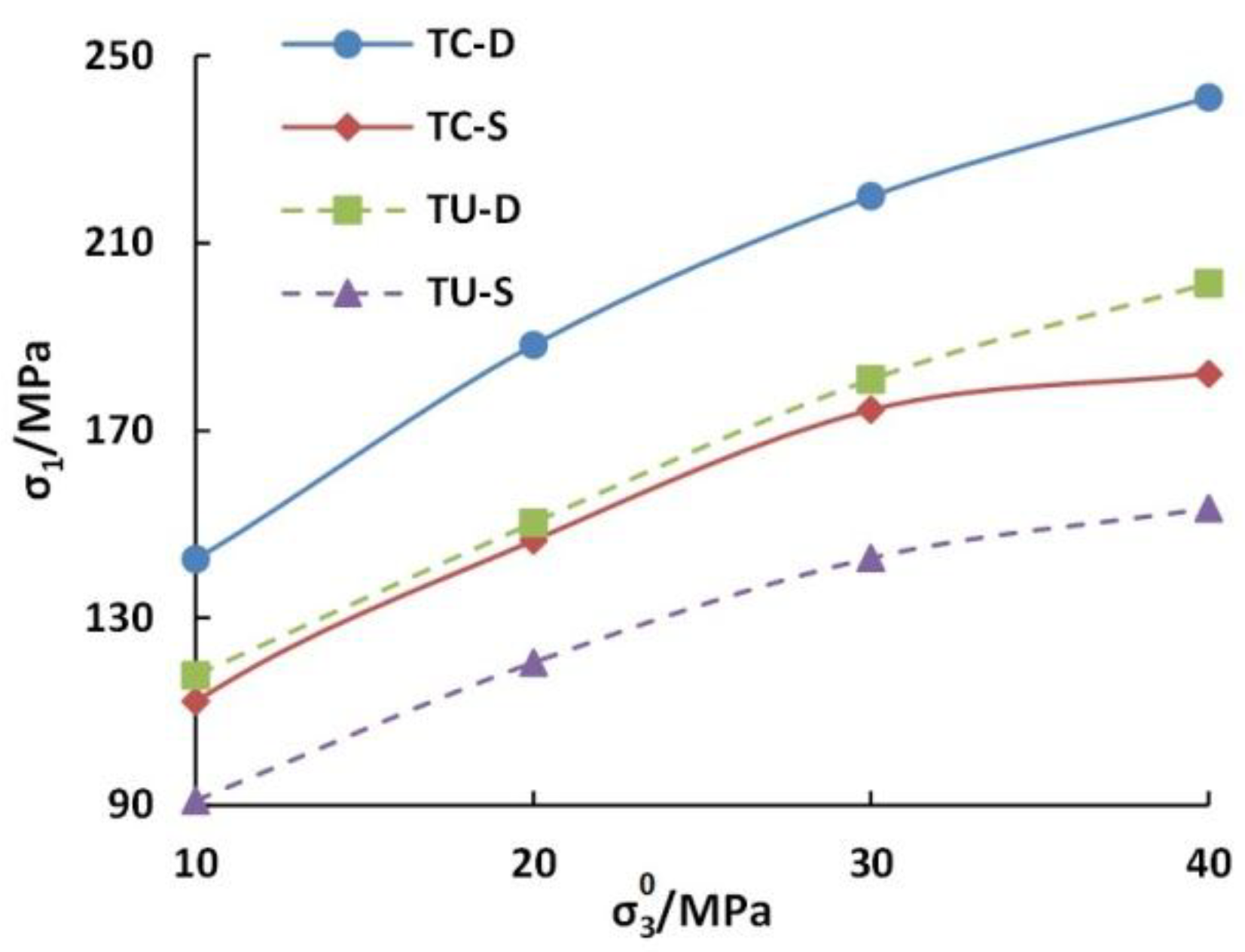

4.5 Weak inclusion standards lead to misleading conclusions.4.4 Problems arising from agenda-driven bias.4.3 Problems related to the statistical approach.4.2 Problems related to studies not reporting non-statistically significant effects.4.1 Publication bias: the file drawer problem.3.3 Validation of meta-analysis results.3.2.3.3 Generalized pairwise modelling framework.3.2.3.2 Frequentist multivariate framework.3.2.3 Indirect evidence: Network meta-analysis methods.3.2.2 Direct evidence: Models incorporating additional information.3.2.1 Direct evidence: Models incorporating study effects only.3.2 Statistical models for aggregate data.Here it is convenient to follow the terminology used by the Cochrane Collaboration, and use "meta-analysis" to refer to statistical methods of combining evidence, leaving other aspects of ' research synthesis' or 'evidence synthesis', such as combining information from qualitative studies, for the more general context of systematic reviews. For instance, a meta-analysis may be conducted on several clinical trials of a medical treatment, in an effort to obtain a better understanding of how well the treatment works. Meta-analyses are often, but not always, important components of a systematic review procedure.

For example, Wanous and colleagues examined four pairs of meta-analyses on the four topics of (a) job performance and satisfaction relationship, (b) realistic job previews, (c) correlates of role conflict and ambiguity, and (d) the job satisfaction and absenteeism relationship, and illustrated how various judgement calls made by the researchers produced different results. Judgment calls made in completing a meta-analysis may affect the results.
#Comprehensive meta analysis version 3 serail how to#
However, in performing a meta-analysis, an investigator must make choices which can affect the results, including deciding how to search for studies, selecting studies based on a set of objective criteria, dealing with incomplete data, analyzing the data, and accounting for or choosing not to account for publication bias. Not only can meta-analyses provide an estimate of the unknown common truth, it also has the capacity to contrast results from different studies and identify patterns among study results, sources of disagreement among those results, or other interesting relationships that may come to light with multiple studies. The aim then is to use approaches from statistics to derive a pooled estimate closest to the unknown common truth based on how this error is perceived.

Meta-analyses can be performed when there are multiple scientific studies addressing the same question, with each individual study reporting measurements that are expected to have some degree of error.

A meta-analysis is a statistical analysis that combines the results of multiple scientific studies.


 0 kommentar(er)
0 kommentar(er)
